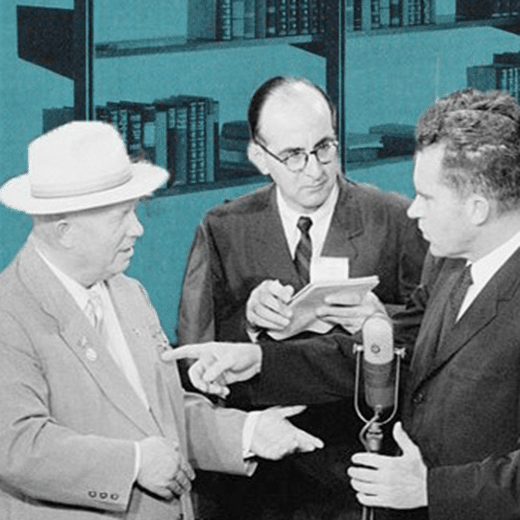The United States and the Soviet Union were political rivals in a battle between U.S. capitalism and Soviet communism known as the Cold War. While the Cold War can be understood as an armament and space race, it can also be studied as a battle of cultural conflict and contrasting ideologies. Industrial designers were commissioned by the U.S. government to depict a positive message of capitalism and granted creative freedom in choosing how to represent the U.S. abroad. Industrial designers played a pivotal role in Cold War politics; they represented U.S. culture by showing physical artifacts and consumer technologies at international exhibitions. As a research method, this paper examines three exhibitions: the Marshall Plan exhibits in Berlin, the Brussels World’s Fair, and the American National Exhibition in Moscow, to argue that industrial designers influenced politics via cultural diplomacy. Cross-cultural communication is still relevant in the contemporary era, where digital information influences people’s understanding of politics and other cultures. Designers still assume roles as visual communicators and have the potential to play a role in democracy. Therefore, the designer’s role is open to being assessed and evaluated regarding how design can be used to communicate political ideals in the present era.
Downloads:
The-Politics-of-Design-and-Capitalism
Year: 2023
- Paper Type: Student Research
- Research Status Completed
- Education Symposium Theme: The Watering Hole
